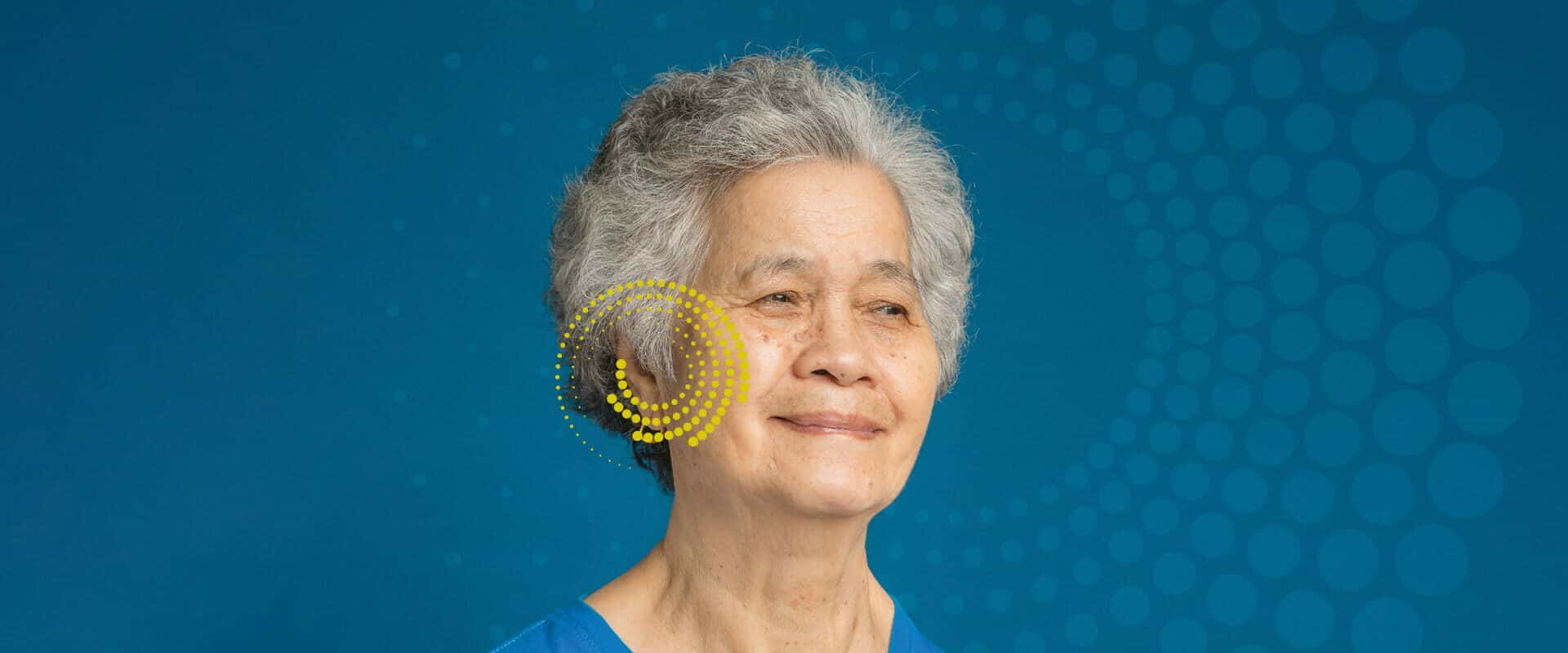Joining Pharmacists on the Over-the-Counter Hearing Aid Journey
Over-the-counter (OTC) hearing aid legislation and sales have grabbed the attention of audiologists, pharmacists, and consumers over the past few years. Community pharmacists are now interested in contributing to OTC hearing help, in the same way they offer support for safe and effective use of other OTC medications and devices intended for self-care. This article suggests models for collaborative working relationships between audiologists and pharmacists.
Maximum Conductive Hearing Loss—Revisited
It is the aim of this article to disabuse audiologists and otolaryngologists of the idea that a conductive hearing loss cannot be greater than 60 dB. The article demonstrates that air-bone gaps are both transducer specific and frequency specific and can feasibly be upward of 105 dB.
Promoting Healthy Aging in the Audiology Clinic
People age much differently today compared with previous generations. Known as the healthy aging movement, its focus is on preventive care, health, and wellness. This is an opportunity for audiologists to broaden their appeal to individuals who may not wear hearing aids or even have hearing loss. As this article illustrates, there are several possible strategies that can be used by audiologists to create value for this large group of individuals.
A Different Lens: Social Determinants of Health and Childhood Hearing Loss
Many families of children who are Deaf/hard of hearing experience a litany of nonmedical factors in the environments where they live, learn, work, and play. These conditions, known as social determinants of health (SDOH), warrant further consideration by audiologists. Viewing outcomes through an SDOH lens redefines our work and requires thoughtful consideration of ways to mitigate.
ON TREND | Sound Bite for Success: Prequalification—An Easy-to-Use Tool to Help Increase Treatment Acceptance
We all know that cost is one of the biggest reasons that patients often don’t move forward with the purchase of hearing technology. We also know that financing plays a major role in making comprehensive hearing-health-care products and services more accessible to patients. If patients can fit the cost into their lifestyle and monthly budget, they may be more likely to move forward with purchasing the technology they want and need to help them live a connected life. The CareCredit prequalification process makes it even easier for patients to see if they prequalify for the CareCredit credit card with no impact to their credit bureau score. So, providers now have an opportunity to break down yet another barrier that patients may have and increase access to hearing technology.
ON TREND | Outsmarting OTC
The notion of competing against quick-fix over-the-counter (OTC) hearing aids might seem daunting. Daunting, yet not impossible. When you consider the benefits you can offer your patients (quality products, maximized performance, and personalized care), the one-size-fits-all model doesn’t sound nearly as good.
CODING AND REIMBURSEMENT | Specialty Series: Vestibular Diagnostic Assessment
As technologies for diagnostic vestibular testing continue to evolve, it is expected that coding and billing for these services will also change. It is important for clinicians to understand how to code and bill for these procedures. We will also discuss newer vestibular assessment methods and appropriate methods of reporting them. The scope of this article will be limited to vestibular diagnostic assessment as many payers do not currently reimburse audiologists for rehabilitative aspects of vestibular care.
AUDIOLOGY ADVOCATE | “Limited” Direct Access in Medicare: More Work to Be Done!
The proposed CY2023 MPFS was released in July 2022 and included a proposal to allow audiologists to provide certain nonvestibular and nonacute services without a physician order.








